A U.S. Air Force RQ-4 Global Hawk drone completed an extensive nearly 24-hour reconnaissance mission, monitoring almost the entire length of Russia’s western border with Europe.
The high-altitude, long-endurance drone kept an eye on key areas along the Russian frontier, sending a clear signal of NATO’s ongoing vigilance in the region.
The drone’s mission focused on monitoring Russia’s western border, beginning near the Baltic states and continuing southward along the frontier, capturing detailed intelligence across a vast area. This flight, which spanned almost 24 hours, allowed the Global Hawk to gather invaluable data on military activities and movements along Russia’s border with Europe. The drone’s route also included extensive monitoring over Ukraine.
Huge American spy drone arrives in England for the first time
The RQ-4 Global Hawk is designed for missions exactly like this—ones that require both the endurance to cover vast distances and the technology to gather detailed, real-time intelligence. Equipped with advanced sensors, the drone can capture high-resolution imagery and intercept signals intelligence (SIGINT) across a wide geographic area, making it a critical for NATO’s intelligence, surveillance, and reconnaissance (ISR) operations.
During this nearly 24-hour mission, the Global Hawk’s sensor suite likely collected detailed information on troop deployments, radar installations, and other significant military activities along the Russian border.
By monitoring nearly the entire length of Russia’s border with Europe, the U.S. Air Force demonstrated its ability to maintain a continuous and persistent surveillance presence in one of the most strategically important regions in the world, something few nations can do.


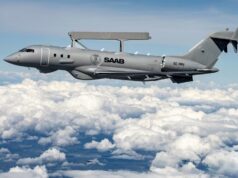


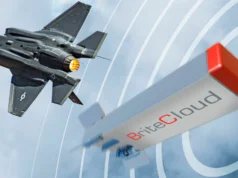
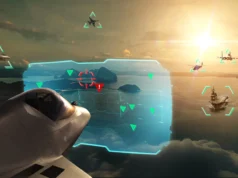
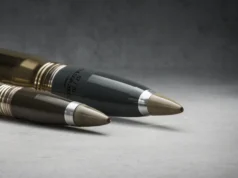
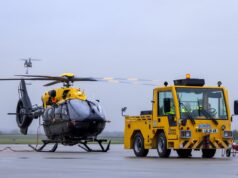

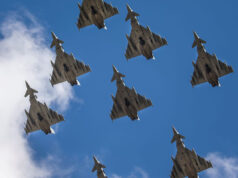
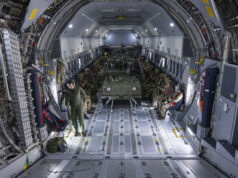

id expect the satellites would do that just as well
They use many different assets, it’s a pretty well covered area if truth be known. I’m sure there’s someone here who can give a way better explanation as i only know the very basics being just an inquisitive civvy.
The obvious benefit of aircraft or UAVs is flexibility. Routes can be decided and changed at short notice whereas a satellite is either fixed in geo stationary orbit or following a usually fixed orbital path. The aircraft/UAV can provide higher resolution images and transmit them more quickly. So if you want to monitor eg troop movements, they are more useful.
UAV also give a physical presence. A lot of defence is about the deterence of being seen.
Reality is something like this would be shot down the moment the war started. But outside war, it gives a solid message to your opponent that your watching them.
Ukraine has benefited heavily from Russia not being willing to directly take on nato by shooting down the various surveillance aircraft that are feeding Ukraine with info. Russia has the capability to take them out but that would be an act of war against nato.
Satellites are great at keeping an eye on things on a regular basis, and that’s also their Achilles Heal. The person you are spying on knows where and when your satellite will be overhead, so they can just hide things away in plenty of time.
Where as a Drone like this isn’t confined to a fixed route or time, it can change course.
Horses for Courses and both are very useful. The proof of that is the U2/TR1 Dragon Lady which has been a valued asset since the 50’s and is only now going out of service as it has a replacement.